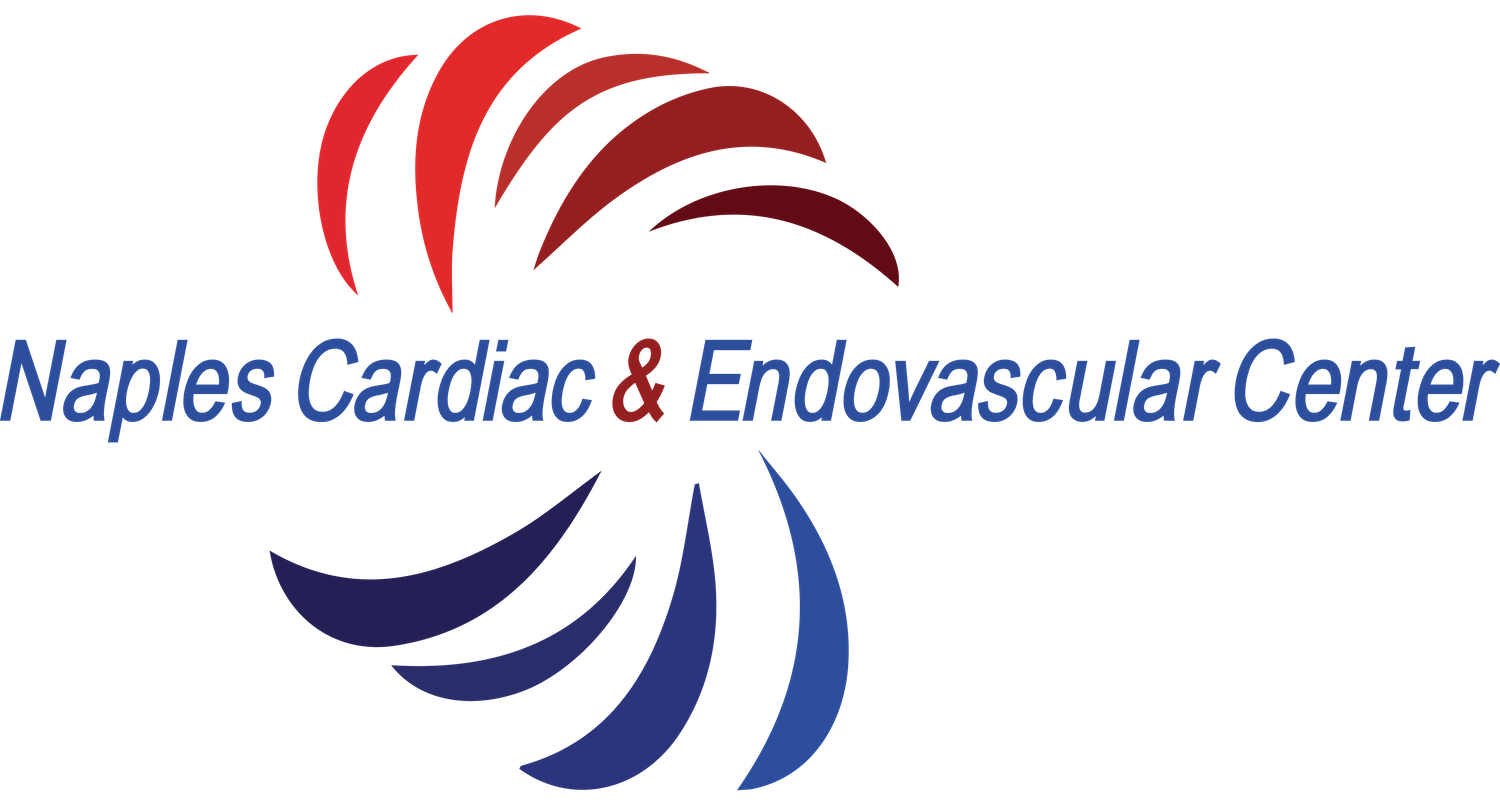Acute coronary syndrome (ACS) Overview
Acute coronary syndromes (also known as Heart Attack or Myocardial Infarction) occur when a region of your heart muscle receives a severely reduced blood supply or the blood supply is completely cut off.
Acute Coronary Syndrome is a name given to three types of coronary artery disease that are associated with sudden rupture of plaque inside the coronary artery:
Unstable angina
Non-ST segment elevation myocardial infarction or heart attack (NSTEMI)
ST segment elevation myocardial infarction or heart attack (STEMI).
Dr. Leandro Perez gives an overview of what is a heart attack and what causes this event.
Symptoms of a heart attack
Symptoms may include:
chest discomfort
chest pressure
chest heaviness
breathing difficulties
fainting
sweating neck discomfort
left arm discomfort
upper back discomfort.
Some patients may experience mild or no symptoms; other patients may experience a combination of the above symptoms.
Symptoms of a heart attack
How is ACS diagnosed?
If you have any of these symptoms, call 911. The diagnosis requires a history and physical examination; an electrocardiogram will be performed immediately and a heart catheterization (occasionally urgently) is recommended.
How is ACS treated?
ACS treatments are determined by your specific presentation; you may be treated with a coronary stent or coronary bypass surgery (coronary revascularization); all patients receive guideline-directed medical treatment regardless of revascularization strategy.
Treatments & prevention for a heart attack
To request a consultation click below or call (239) 300–0586


